Ben Valsler
This week, it’s bath time with Brian Clegg
Brian Clegg
When I was young, no bath time would be complete without a dusting of talcum powder. Describing exactly what was happening – coating yourself with a finely powdered mineral – sounds, frankly, bizarre. Yet this product, also known as talc or baby powder, was an absolute essential for children and adults alike. The idea was that the powder would remove any remnant dampness, and would act as a dry lubricant, preventing nappy rash and chafing. This use has dwindled away but talc continues to have a wide range of industrial applications.
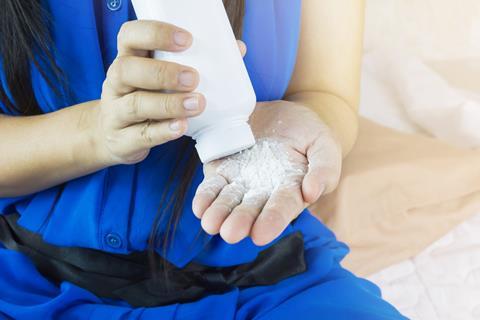
Talc is the informal name for hydrated magnesium silicate and is a common naturally occurring mineral; soapstone, for instance, is largely composed of talc. The defining quality of talc is its softness – not entirely surprising when generations were happy to sprinkle this powdered rock onto their children. On the Mohs hardness scale, which runs from 1 for soft to 10 for diamond hard, talc is the archetypal hardness 1 material, so soft that it can be scratched with a fingernail. Only the soft metals such as sodium and potassium typically rate lower. Talc is made up of sheets of silicon oxide, separated by magnesium atoms. These sheets are only held together by weak electrostatic van der Waals bonds, which allows layers to glide over each other, making it a useful dry lubricant.
In the early days, talc was a more generic term for minerals that were translucent, or even transparent. This usage came from the Arabic word talq, meaning ‘pure’, which dates back to at least the ninth century. When, in 1601, a Mr Holland translated Pliny’s history from Latin, he rendered the term ‘speculari lapide’ – transparent stone – as ‘talc’. So we hear that ‘Many have made [beehives] of Talc, which is a kind of transparent glasse stone, because they would see through them how the Bees do work and labor within.’ Before glass became relatively cheap, the material used to make windows was often described as talc, though this was probably more often mica, a group of more complex silicates.
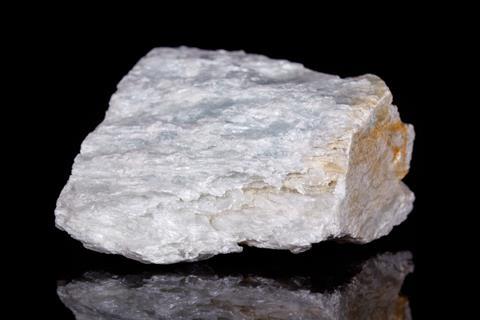
Just as what was described as talc wasn’t always the real deal, so a number of products usually called chalk (properly calcium carbonate) are actually talc. For example, the chalk used by tailors to mark cloth, and by metalworkers on metal they intend to cut or weld – along with the chalk powder used by baseball players – is actually talc. This versatile powder also finds its way into plastics as a filler and to make paper smoother, as well as in paints and ceramics, where it is used to give whiteness, added strength and resistance to crazing of the glaze.

With our increasing consciousness of the need to combat climate change, talc is also being considered as the basis for an alternative form of cement, where the magnesium silicate-based talc replaces the calcium silicate in Portland cement. This is beneficial as considerably more energy is used in producing Portland cement than talc – and, as an added bonus, the talc-based cement absorbs significantly more carbon dioxide from the air than traditional cement, giving the product a negative carbon footprint.
Though the soapstone form of talc – so called for the slightly greasy, soapy feel it has due to its lubricant nature – is far too soft to be a building material, it is widely used in making ornaments and bowls, as well as sinks – particularly in laboratories for its heat resistance – and hearths. Soapstone used to be known by talc’s most magnificent nomenclature, ‘Lardite of Wallerius’, though it is now technically referred to as steatite.
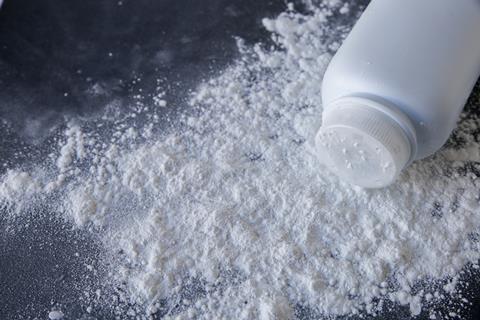
However, the most familiar, yet now controversial, aspect of talc is as the basis for talcum powder and baby powder (though the latter can also be based on corn starch). There are two potential health issues. As a very fine powder, talc can easily suspend in the air, making it possible to breathe it in causing respiratory problems, a particular danger for babies. And it has also been suggested that there could be a causal link with some ovarian cancers, which has resulted in a number of court cases, though the science here is a lot less certain. The mineral is often found alongside asbestos deposits, and historically some samples of talc contained asbestos contaminants, though this has not been the case since the early 1970s.
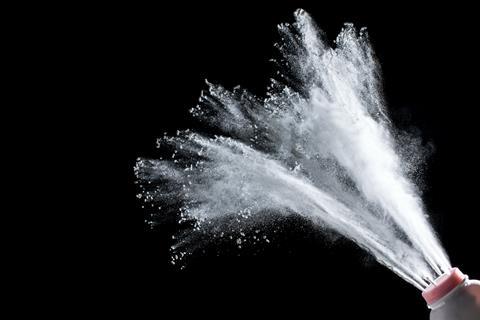
Talc continues to be an important industrial material, and handled properly presents no serious hazards. However, we have to accept that the old bath time ritual has probably had its day. Towels, or a dab of nappy rash cream, have replaced that comforting plume of soft powder.
Ben Valsler
That was Brian Clegg, nostalgic for the reassuring plume of post-bath powder. Next week, Katrina Krämer on a mysterious disease that swept through Spain in the 1980s.
Katrina Krämer
Spanish health officials struggled to find the cause of the obscure disease. Among the initial suspects were poisoned onions, strawberries and asparagus. But all signs eventually pointed towards an entirely different culprit: adulterated cooking oil.
Ben Valsler
Solve the mystery with Katrina next time. Until then, you can email chemistryworld@rsc.org or tweet @chemistryworld with any suggestions of compounds to cover. Thanks for joining me, I’m Ben Valsler.






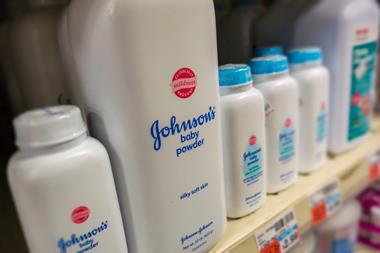






No comments yet